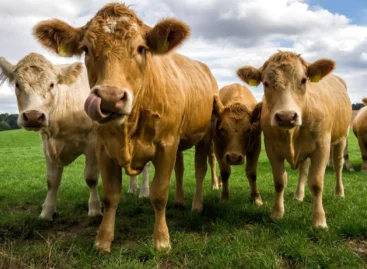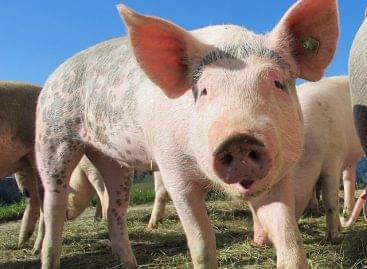Meat consumption in Germany at an all-time low
Germans have not eaten so little meat for decades, at least according to the preliminary data of the Federal Centre for Agricultural Information (BZL).

Per capita meat consumption of 52 kilograms this year is down by around 4.2 kilograms compared to 2021, the lowest since calculations began in 1989.
According to the BZL, people consumed around 2.8 kilograms less pork, 900 grams less beef and veal and 400 grams less poultry last year. A continuing shift towards a plant-based diet may be considered as one explanation for the decline in meat consumption.
The trend in domestic demand is also reflected in net production, i.e. the level of stock slaughtered domestically: 9.8 per cent less pork and 8.2 per cent less beef and veal were produced compared to the previous year. As for poultry meat, net production fell by 2.9 per cent.
According to the preliminary data of BZL, meat production in 2022 reaches as high as 116 per cent of domestic demand (last year: 118 percent). In case of poultry meat, domestic production is capable of meeting 97.4 percent of domestic demand.
Related news
REWE Partners With Bioland To Boost Organic Product Offer
🎧 Hallgasd a cikket: Lejátszás Szünet Folytatás Leállítás Nyelv: Auto…
Read more >K&H: significant price drop in the pork market
🎧 Hallgasd a cikket: Lejátszás Szünet Folytatás Leállítás Nyelv: Auto…
Read more >Aldi Süd’s German flagship store: A closer look at the discounter’s largest format
🎧 Hallgasd a cikket: Lejátszás Szünet Folytatás Leállítás Nyelv: Auto…
Read more >Related news
The New Year’s Eve fireworks fair is back: temporary sales will start in department store parking lots at the end of December
🎧 Hallgasd a cikket: Lejátszás Szünet Folytatás Leállítás Nyelv: Auto…
Read more >The first Eastern European non-alcoholic beer turns 50
🎧 Hallgasd a cikket: Lejátszás Szünet Folytatás Leállítás Nyelv: Auto…
Read more >Sausage: pork prices are already going down, but they won’t be cheaper in stores – a significant correction may come in the spring at the earliest
🎧 Hallgasd a cikket: Lejátszás Szünet Folytatás Leállítás Nyelv: Auto…
Read more >






